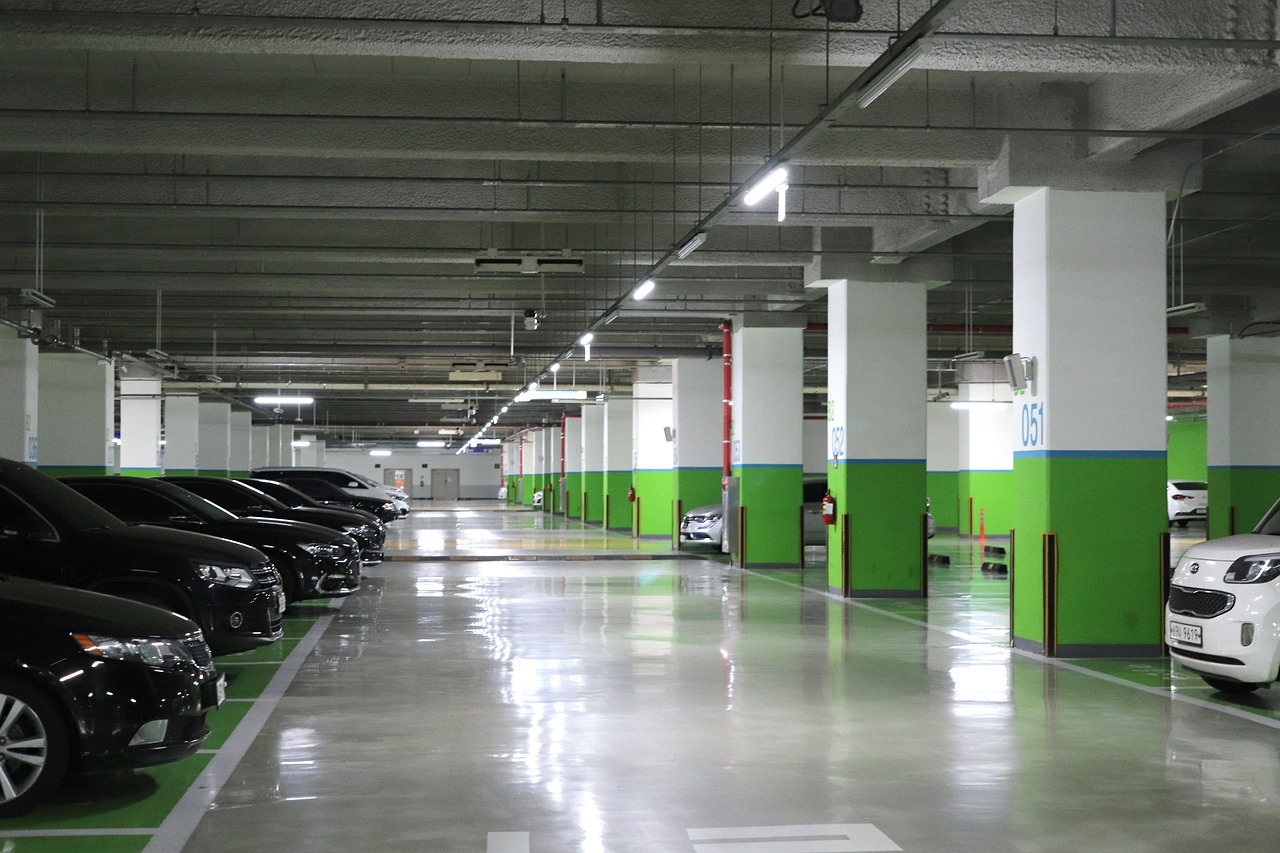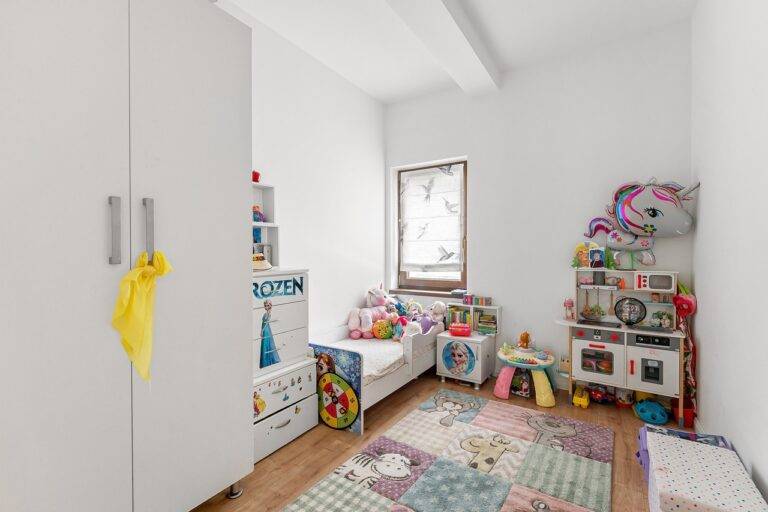The Rise of Multigenerational Living: Designing Spaces for Every Family Member
Multigenerational living arrangements offer a myriad of advantages for families. One of the key benefits is the opportunity for different generations to bond and create lasting memories together. By living under one roof, grandparents, parents, and children can forge stronger relationships, fostering a sense of unity and support within the family unit.
Additionally, multigenerational living provides practical benefits such as shared financial responsibilities. With multiple generations contributing to household expenses, the financial burden is lightened for all members. This can lead to increased economic stability and allow families to save money for future goals or emergencies.
Challenges Faced in Designing Multigenerational Spaces
Designing multigenerational spaces presents a unique set of challenges for architects and interior designers. One of the main difficulties is catering to the diverse needs and preferences of different age groups within the same living environment. For example, older adults may require features such as grab bars and non-slip flooring for safety, while younger children may need designated play areas that are easily accessible.
Another challenge is creating a balance between communal spaces where family members can gather and interact, and private spaces where individuals can have their own personal retreats. Finding the right mix of open areas for socializing and secluded corners for relaxation can be a complex task. Additionally, ensuring that the design is flexible enough to accommodate changing family dynamics over time adds another layer of complexity to the process of creating multigenerational living spaces.
What are some of the benefits of multigenerational living arrangements?
Multigenerational living arrangements can promote stronger family bonds, provide emotional support, reduce financial burdens, and offer convenience in caregiving for children and elderly family members.
What are some common challenges faced in designing multigenerational spaces?
Some common challenges include accommodating different generations’ needs and preferences, ensuring privacy for each family member, managing conflicts that may arise due to differing lifestyles or routines, and addressing safety concerns for children and elderly individuals.
How can designers overcome the challenges of designing multigenerational spaces?
Designers can overcome these challenges by creating flexible and adaptable spaces that can be easily modified to meet changing needs, incorporating universal design principles to make the space accessible to individuals of all ages and abilities, and promoting open communication among family members to address any conflicts or concerns.
Are there any specific design strategies that can help in creating multigenerational spaces?
Yes, some design strategies include incorporating separate living areas or wings for different generations, providing shared communal spaces for family gatherings, ensuring easy access to essential amenities for all family members, and maximizing natural light and ventilation to create a comfortable living environment for everyone.





